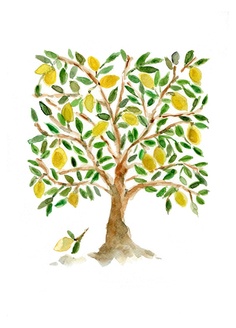Field and tunnel cage studies were undertaken to determine the extent to which honey bees foraging on citrus blossoms were exposed to imidacloprid and its metabolites when citrus trees were treated with soil applications of the insecticide. Imidacloprid, imidacloprid olefin and 5-hydroxy imidacloprid were detected in nectar and pollen sampled from the flowers of citrus trees treated with imidacloprid up to 232 days prior to bloom. In tunnel studies, where foraging was restricted exclusively to citrus, imidacloprid residues in nectar extracted from flowers and from bee crops were similar (<10 ng mL−1); the residue levels were about threefold higher in nectar sampled from comb. Concentrations of imidacloprid in nectar were higher in trees treated with higher application rates.
Source: Byrne FJ et al (2013) Pest Management Science, Early View
http://onlinelibrary.wiley.com/doi/10.1002/ps.3596/abstract

- Login om te reageren
